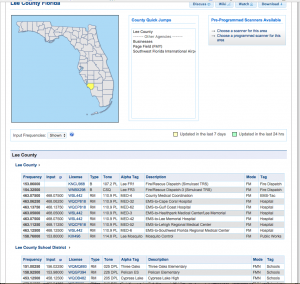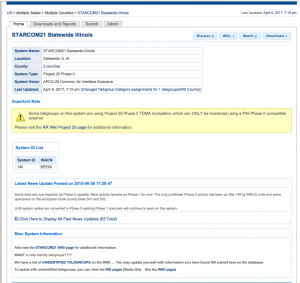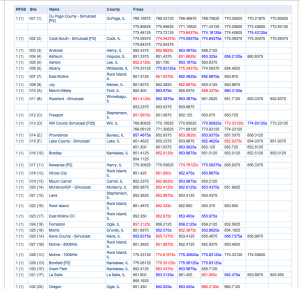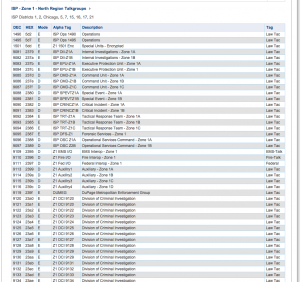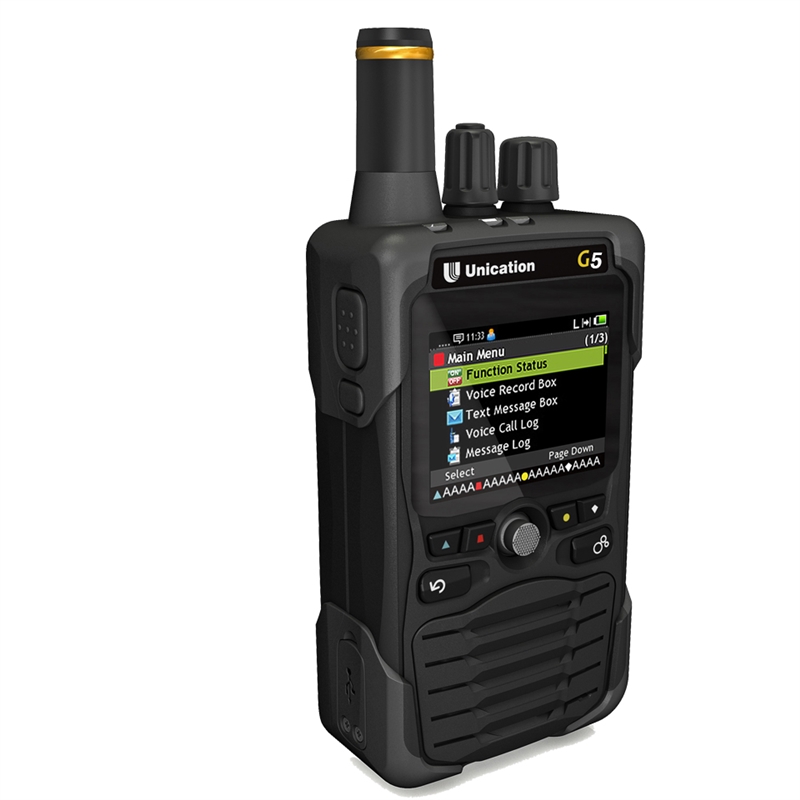 If you live in an area covered by a Simulcast P-25 radio system you likely have suffered from Simulcast Distortion. This is the interference and missed calls caused by simulcast sites of these radio systems interfering with each other. All scanners have this issue and there are various things one can do to remedy the situation. This includes relocating or reducing the antenna, use of a directional antenna or turning on the attenuator.
If you live in an area covered by a Simulcast P-25 radio system you likely have suffered from Simulcast Distortion. This is the interference and missed calls caused by simulcast sites of these radio systems interfering with each other. All scanners have this issue and there are various things one can do to remedy the situation. This includes relocating or reducing the antenna, use of a directional antenna or turning on the attenuator.
Sometimes even this doesn’t help. If you really get in a bind there are other ways to get better reception. For some this means getting a specially programmed two-way radio set up on the system and using it as a monitor. While sometimes these can be programmed for receive only there are problems with this approach. First off is legality. Unless authorized by the system owner it may be illegal to have such a radio set up on the system due to the use of a “System Key”. Some states even This is considered to be intellectual property and restricted to authorized personnel. Even if you got past this hurdle two-way radios for these systems are expensive, sometimes over $5000. Add into that programming software ($300) and cables ($200) and pretty soon you are talking about real money.
The Unication receivers provide a possible solution that is much more reasonably priced, does not require permission or special codes or keys for the system but with reception rivaling that of the expensive radios at a fraction of the cost. The downside is that the Unication is not as flexible as a scanner and does not allow for field programming.
The Unication provides professional quality reception at a hobbyist price. While more expensive than scanners, it receives P25 Simulcast systems as well as the expensive two-way radios do at a much lower price.
ScannerMaster can program the Unication radio for you, be sure to select this option at the time of purchase if you want it. You can also do the programming yourself with a Windows computer, the software is free from Unication. Of course if there are any questions our knowledgeable staff is here to help!
The Unication G4 works in the 700 and 800 MHz. bands. The G5 works in these bands plus another, such as VHF or 2 different UHF bands. Currently they work on Phase 1 systems only but a Phase 2 upgrade will be available soon. This will be a paid update but pricing has not yet been announced.

